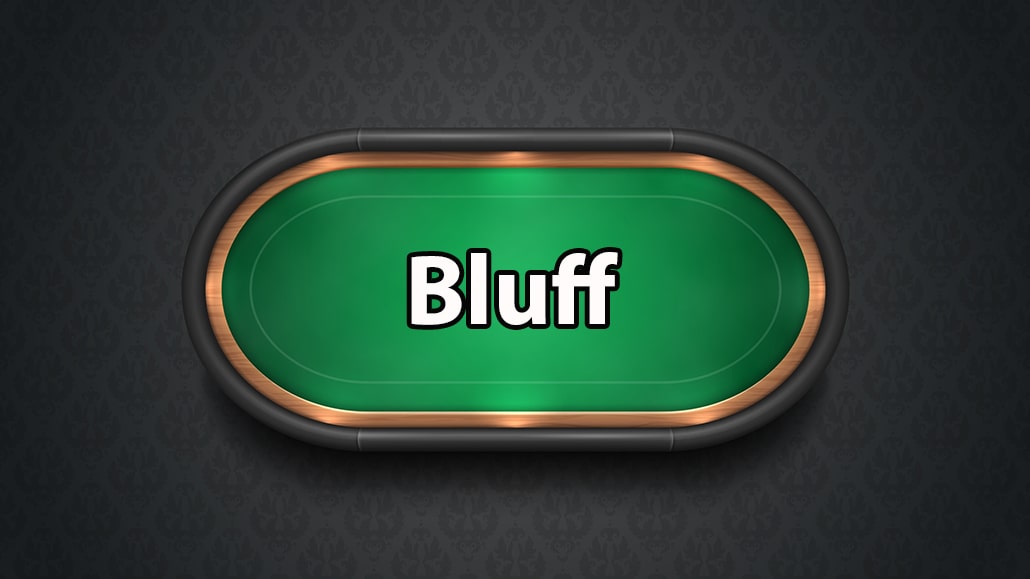What Is A Bluff In Poker?

In poker, the term “bluff” describes a specific type of bet players use when they do not have a strong hand to make their opponents fold.
The goal of a bluff in poker is to make the opponent fold, thus winning the pot without having to go to the showdown and display your cards.
Bluffing is an essential part of poker strategy because it allows players to win pots that they would not otherwise win based on their hand strength.
However, bluffing is also a risky strategy that can result in the loss of chips or/and elimination from the game, depending on the situation. For this reason, it is very important that you carefully consider and assess the situation before you try to pull off a bluff.
Here are some of the factors that you will want to consider before making a bluff:
- Opponent’s range
- Opponent’s tendencies
- Stack sizes
- Board texture
- Table image
As a general rule of thumb, you will want to avoid bluffing in situations where your story does not make sense or against calling stations. On top of that, WTSD stat can help you identify when your opponents are bluffing
Poker Bluff Example:
Let’s say that you are playing the No Limit game of Texas Hold’em, and you raise from under the gun with a Broadway hand Ks Qd, and the player on the BTN calls.
The flop comes Ad 7s 2d, and you make a continuation bet.
In this situation, your bet can be interpreted as a bluff since you have a very weak hand, and your goal is to make your opponent fold and take the pot down on the flop.
ONLINE POKER:
RESOURCES:







